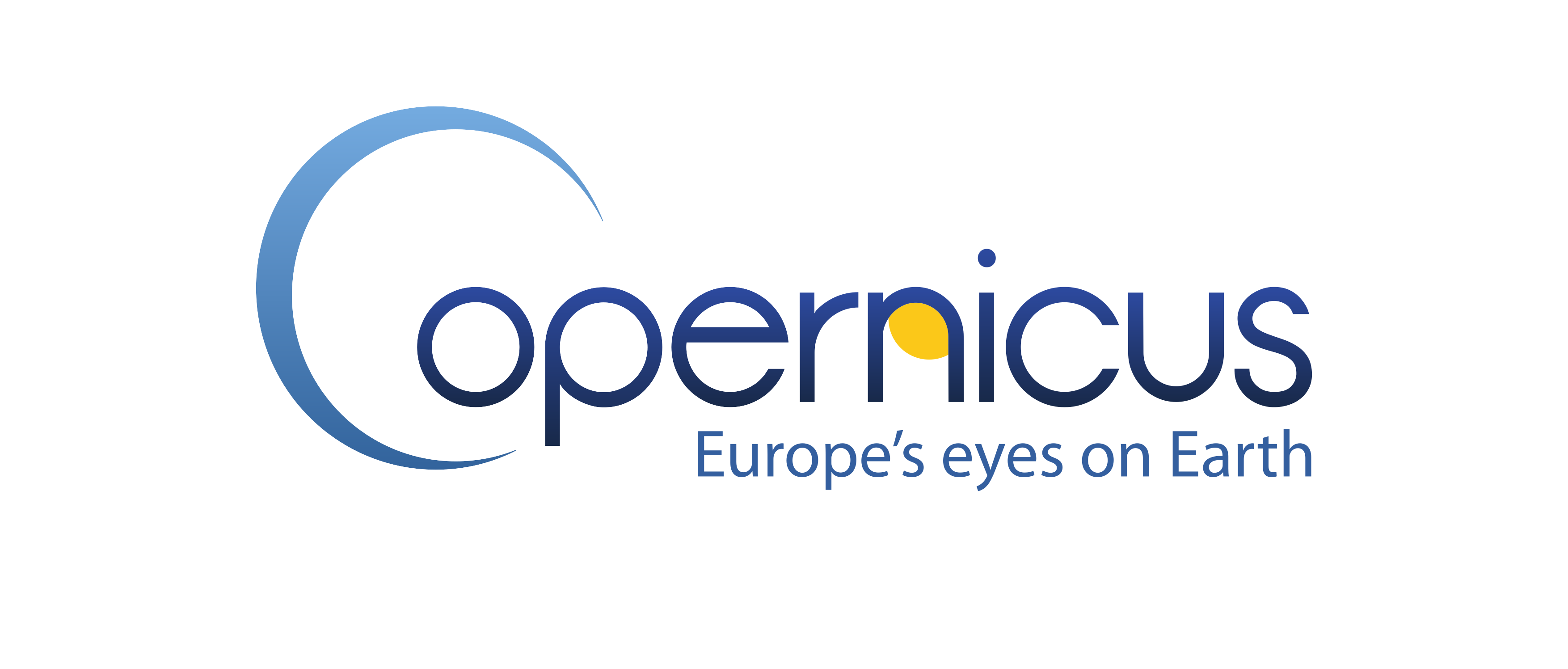Oceanography from space is a young science, the first ocean observation satellite having being launched in the late 70s. Since then, an increasing number of missions have been launched, from exploration to a new era of systematic operational monitoring of the ocean.
Through remote sensing from orbits high above the Earth, satellites provide long-term, continuous, global, high space and time resolution data for key ocean parameters measured at surface level: sea level and ocean circulation, sea surface temperature, salinity, ocean colour, sea ice, waves, and winds. These are the observational core variables required for global, regional and coastal ocean monitoring and forecasting systems. They are also needed to validate them. Only satellite measurements can, in particular, provide observations at high space and time resolution to partly resolve the mesoscale and coastal variability. Satellite data can also be directly used for applications, such as sea ice and oil pollution monitoring, ocean colour for water quality monitoring).
The EU, through its Copernicus Earth Observation programme in cooperation with EUMETSAT and the European Space Agency contributes to providing satellite ocean observations. Space missions carried out by National Space Agencies in EU member states, and joint international missions also contribute significantly to the collection of ocean data by satellites.







